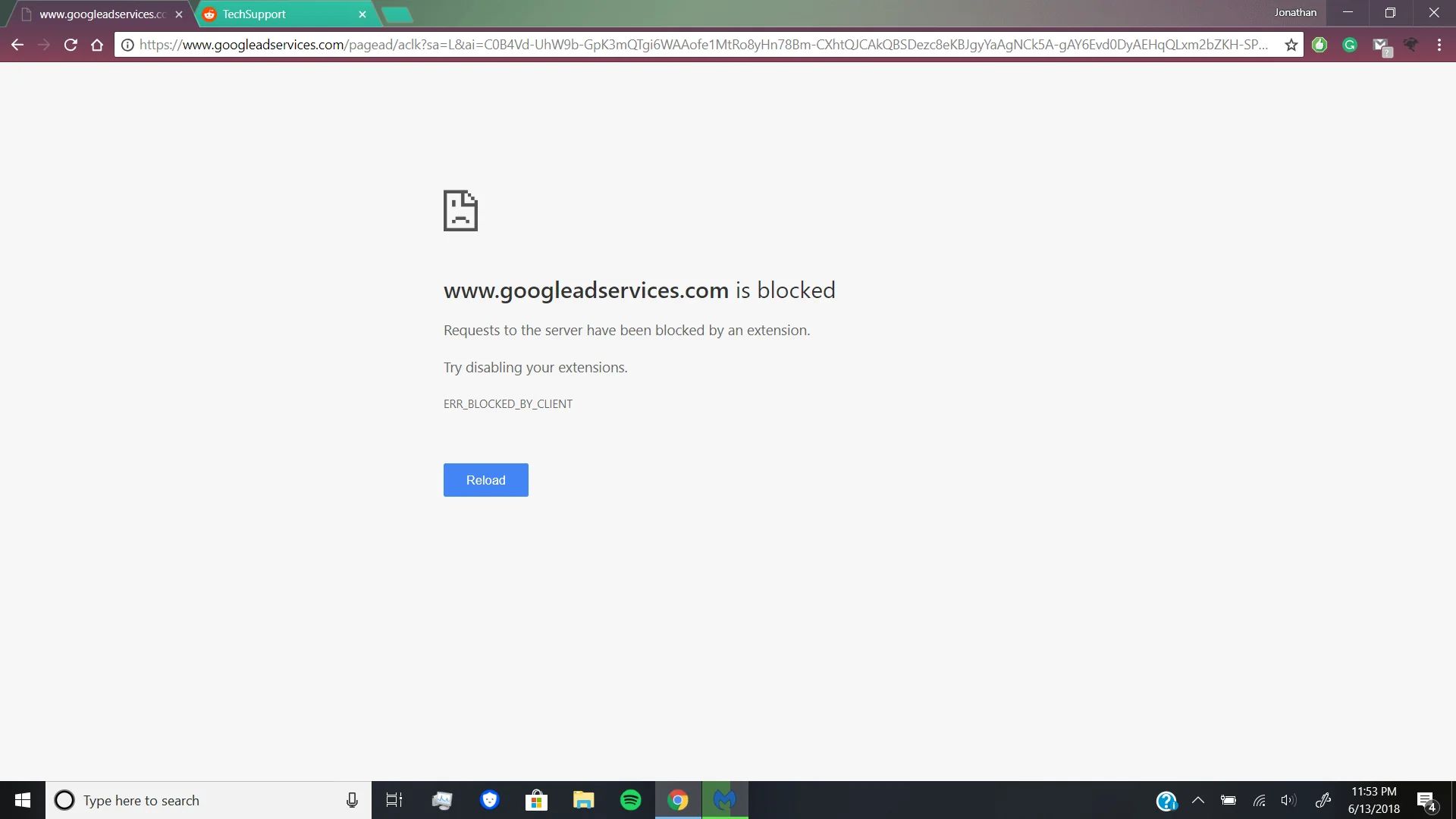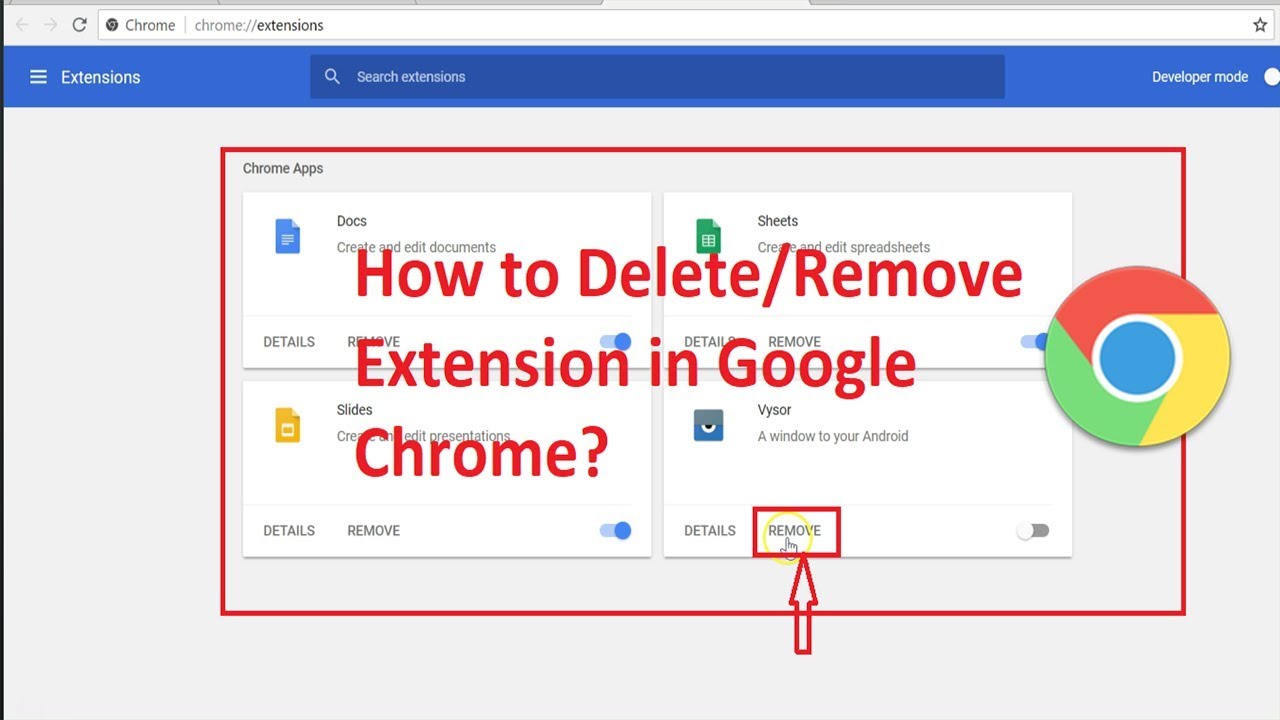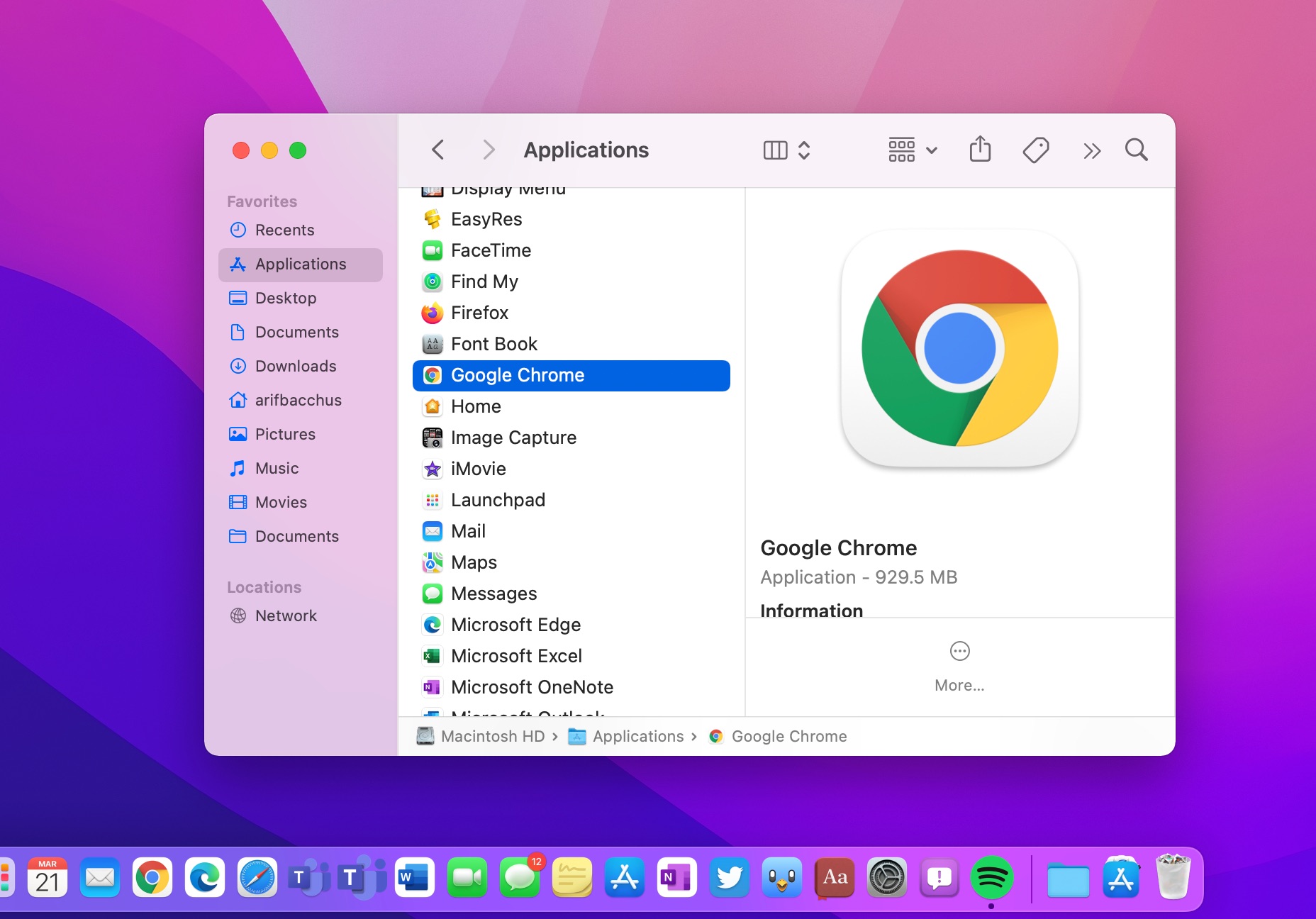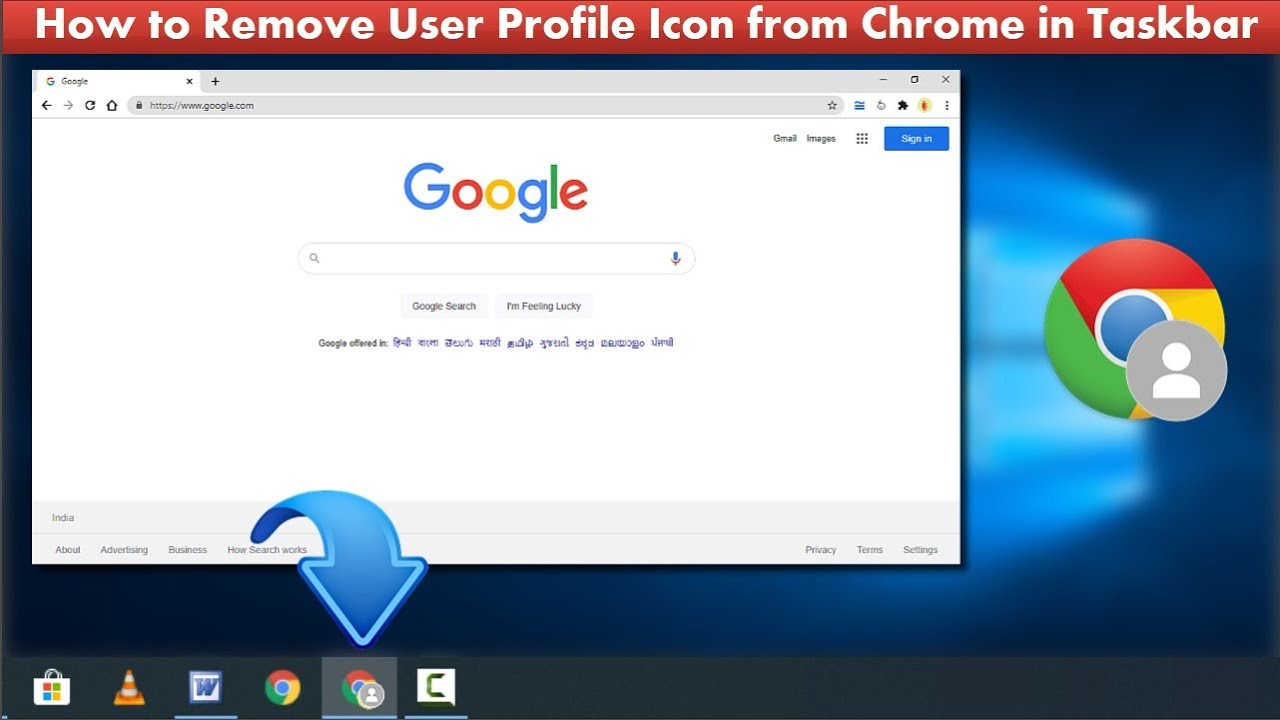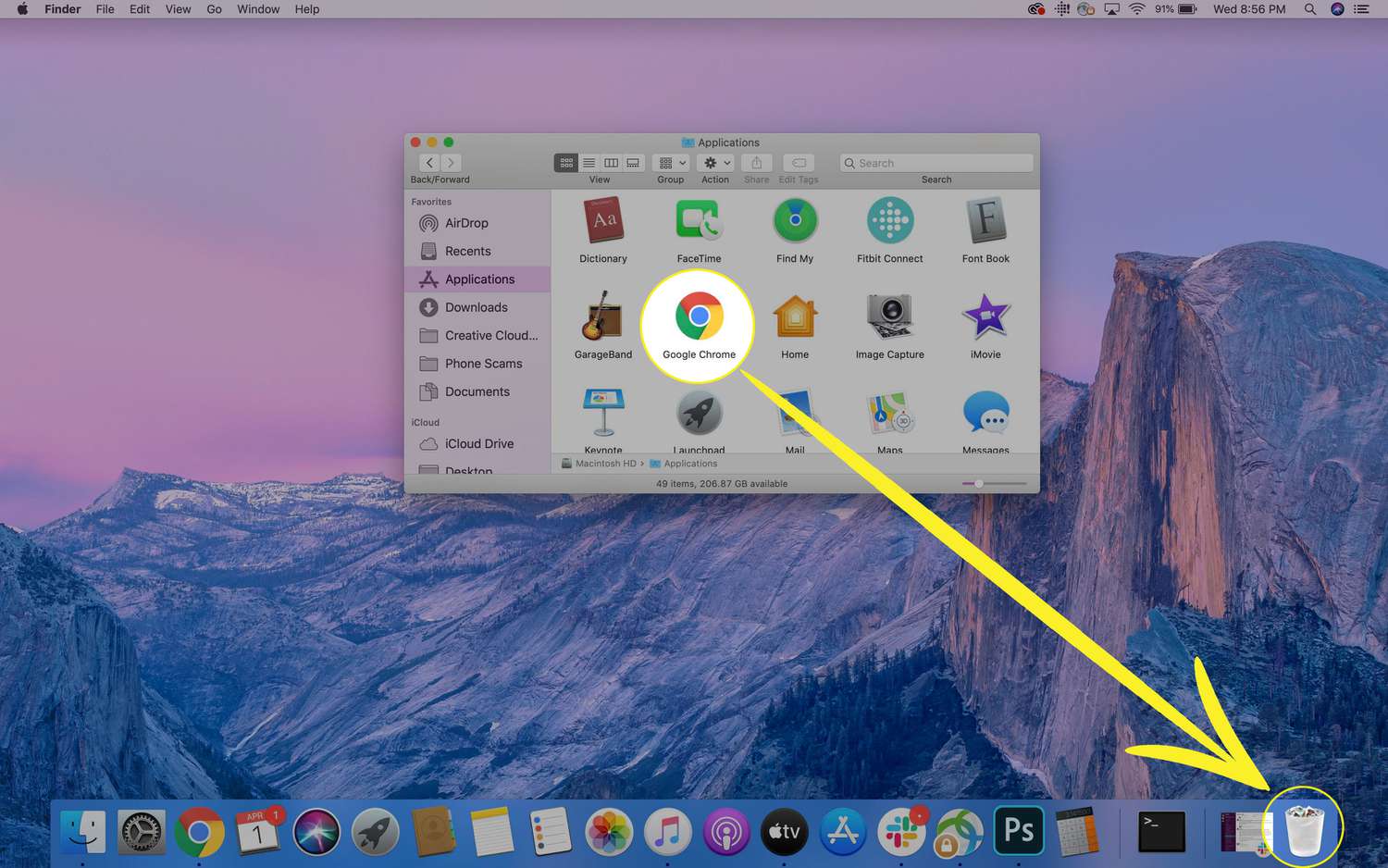Introduction
In the digital age, web browsers have become indispensable tools for accessing information, connecting with others, and engaging with a myriad of online services. Among the plethora of browsers available, Google Chrome stands out as a popular choice, offering a user-friendly interface and a wide range of extensions to enhance the browsing experience. However, users may encounter various challenges while navigating the online landscape, including intrusive advertisements and tracking mechanisms. One such element that often raises concerns is Googleadservices, a domain associated with Google's advertising platform.
As internet users, we are all familiar with the omnipresence of online ads. While ads can sometimes be relevant and useful, they can also disrupt the browsing experience, slow down page loading times, and compromise privacy. Googleadservices, in particular, is known for its role in delivering targeted ads based on users' browsing behavior and preferences. While this may seem beneficial from a marketing perspective, it can raise privacy and security concerns for individuals who value their online anonymity and data protection.
In this article, we will delve into the intricacies of Googleadservices, exploring its purpose, potential drawbacks, and the reasons why users may opt to remove it from their Chrome browsers. Additionally, we will provide a comprehensive guide on how to effectively remove Googleadservices from Chrome, empowering users to take control of their browsing experience and mitigate the impact of intrusive advertising practices. By understanding the nuances of Googleadservices and learning how to manage its presence within Chrome, users can enhance their online privacy, streamline their browsing experience, and gain a deeper insight into the mechanisms that shape the digital landscape.
What is Googleadservices?
Googleadservices is a domain that plays a pivotal role in Google's advertising ecosystem. It serves as a platform for delivering targeted advertisements across the web, leveraging data insights and user behavior to tailor ad content to individual preferences. This domain is integral to Google's ad network, facilitating the display of ads on various websites and platforms, thereby enabling advertisers to reach their target audiences effectively.
The primary function of Googleadservices is to track user activity and preferences, allowing advertisers to create personalized ad experiences. Through the utilization of cookies and other tracking technologies, Googleadservices gathers information about users' browsing habits, search queries, and interactions with online content. This data is then utilized to create detailed user profiles, which in turn inform the selection and display of relevant ads.
Googleadservices operates within the broader framework of Google's advertising solutions, encompassing a diverse range of ad formats such as display ads, video ads, and text-based ads. By harnessing the power of Google's extensive network and data analytics capabilities, Googleadservices enables advertisers to optimize their ad campaigns and maximize their reach, ultimately driving engagement and conversions.
While the targeted advertising facilitated by Googleadservices can be beneficial for businesses seeking to connect with potential customers, it also raises privacy and security concerns for users. The extensive tracking and profiling of user behavior can lead to a sense of intrusion and discomfort, as individuals may feel that their online activities are being closely monitored and utilized for commercial purposes without their explicit consent.
Furthermore, the prevalence of targeted ads can contribute to a cluttered and distracting browsing experience, potentially diminishing the quality of user engagement with online content. As a result, many users may seek to remove or limit the impact of Googleadservices to regain control over their online privacy and streamline their browsing experience.
Understanding the role of Googleadservices within the realm of online advertising is crucial for users who wish to make informed decisions about their digital privacy and the management of ad-related activities within their web browsers. By gaining insight into the mechanisms and implications of Googleadservices, individuals can navigate the online landscape with greater awareness and agency, empowering them to take proactive steps to safeguard their privacy and optimize their browsing experience.
Why should you remove Googleadservices from Chrome?
Googleadservices, while serving the purpose of delivering targeted advertisements, can significantly impact the browsing experience and raise valid concerns for users. Here are compelling reasons why you may consider removing Googleadservices from your Chrome browser:
-
Privacy Concerns: Googleadservices extensively tracks user behavior and preferences to create personalized ad experiences. This level of tracking can raise privacy concerns, as users may feel uncomfortable with the collection and utilization of their browsing data for targeted advertising purposes. By removing Googleadservices, users can mitigate the intrusive tracking of their online activities, thereby enhancing their privacy and reducing the dissemination of personal information for advertising purposes.
-
Enhanced Browsing Performance: The presence of Googleadservices can contribute to slower page loading times and a cluttered browsing experience due to the display of targeted ads. By removing Googleadservices, users can streamline their browsing experience, potentially leading to faster page loading and reduced visual distractions, ultimately enhancing the overall performance and usability of the Chrome browser.
-
Reduced Data Usage: Targeted ads delivered through Googleadservices consume additional data bandwidth, potentially leading to increased data usage for users. By removing Googleadservices, users can conserve data and optimize their browsing efficiency, particularly in scenarios where data usage is a concern, such as limited data plans or slower internet connections.
-
Mitigated Security Risks: The extensive tracking and profiling of user behavior by Googleadservices can pose security risks, as the collection of sensitive browsing data may make users more susceptible to targeted phishing attempts and online tracking by malicious entities. By removing Googleadservices, users can reduce their exposure to potential security threats associated with the extensive tracking and utilization of their online activities for advertising purposes.
-
Customized Ad Experience: While the removal of Googleadservices limits the delivery of targeted ads, it can also result in a more generic ad experience. Some users may prefer this approach, as it reduces the level of personalized ad content and provides a more neutral browsing environment, free from the influence of targeted advertising.
By understanding the implications of Googleadservices and the potential benefits of its removal, users can make informed decisions about managing their online privacy and optimizing their browsing experience within the Chrome browser. Whether driven by privacy concerns, performance optimization, or data efficiency, the decision to remove Googleadservices empowers users to take control of their online environment and align their browsing experience with their individual preferences and priorities.
How to remove Googleadservices from Chrome
Removing Googleadservices from Chrome involves a series of steps that enable users to mitigate the impact of targeted advertising and enhance their browsing experience. Here's a comprehensive guide on how to effectively remove Googleadservices from Chrome:
Step 1: Accessing Chrome Settings
- Open Google Chrome on your computer or device.
- Click on the three-dot menu icon located in the top-right corner of the browser window to access the Chrome menu.
Step 2: Navigating to Settings
- From the Chrome menu, select "Settings" to access the browser's configuration options.
Step 3: Accessing Advanced Settings
- Scroll down within the Settings tab and click on "Advanced" to reveal additional configuration options.
Step 4: Privacy and Security Settings
- Within the Advanced settings, locate and click on "Privacy and security" to access specific controls related to browsing privacy and security.
Step 5: Site Settings
- Under the "Privacy and security" section, click on "Site settings" to manage permissions and content settings for individual websites.
Step 6: Managing Permissions
- Within the Site settings, locate and click on "Ads" to access the ad-related settings for websites.
Step 7: Blocking Googleadservices
- Look for the entry related to Googleadservices within the ad settings.
- Toggle the setting to block Googleadservices from displaying ads and tracking user activity.
Step 8: Clearing Browsing Data
- To ensure the effective removal of Googleadservices, consider clearing your browsing data, including cookies and cached files, to eliminate any residual tracking elements associated with Googleadservices.
By following these steps, users can effectively remove Googleadservices from Chrome, thereby reducing the impact of targeted advertising and enhancing their browsing privacy and performance. This approach empowers users to take control of their online environment and align their browsing experience with their individual preferences and priorities.
The process of removing Googleadservices from Chrome provides users with a proactive means of managing their online privacy and optimizing their browsing experience. By leveraging the browser's settings and controls, individuals can assert greater agency over the ad-related activities within Chrome, fostering a more personalized and streamlined browsing environment that aligns with their privacy and performance objectives.
Conclusion
In conclusion, the presence of Googleadservices within the Chrome browser underscores the intricate dynamics of online advertising and user privacy. While Googleadservices serves as a pivotal platform for delivering targeted ads and facilitating personalized ad experiences, its extensive tracking and profiling of user behavior can raise valid concerns regarding privacy, security, and browsing performance.
The decision to remove Googleadservices from Chrome empowers users to take proactive steps in managing their online privacy and optimizing their browsing experience. By understanding the implications of targeted advertising and the potential drawbacks associated with extensive tracking, users can make informed decisions about aligning their online environment with their individual preferences and priorities.
The comprehensive guide on removing Googleadservices from Chrome provides users with a clear pathway to mitigate the impact of targeted advertising and regain control over their browsing privacy and performance. By leveraging the browser's settings and controls, individuals can assert greater agency over the ad-related activities within Chrome, fostering a more personalized and streamlined browsing environment.
Ultimately, the removal of Googleadservices from Chrome represents a strategic choice for users seeking to enhance their online privacy, streamline their browsing experience, and reduce the influence of targeted advertising. By taking proactive measures to manage their digital environment, users can navigate the online landscape with greater awareness and agency, aligning their browsing experience with their individual preferences and priorities.
As the digital realm continues to evolve, the ability to make informed decisions about online privacy and ad-related activities becomes increasingly crucial. By equipping users with the knowledge and tools to manage the presence of Googleadservices within Chrome, this guide empowers individuals to navigate the digital landscape with confidence, ensuring that their online experience aligns with their privacy and performance objectives.
In essence, the removal of Googleadservices from Chrome represents a proactive step towards reclaiming control over one's online environment, fostering a browsing experience that is tailored to individual preferences and prioritizes privacy, security, and performance. By embracing this approach, users can navigate the digital realm with confidence, knowing that they have the means to shape their online experience in alignment with their values and priorities.







